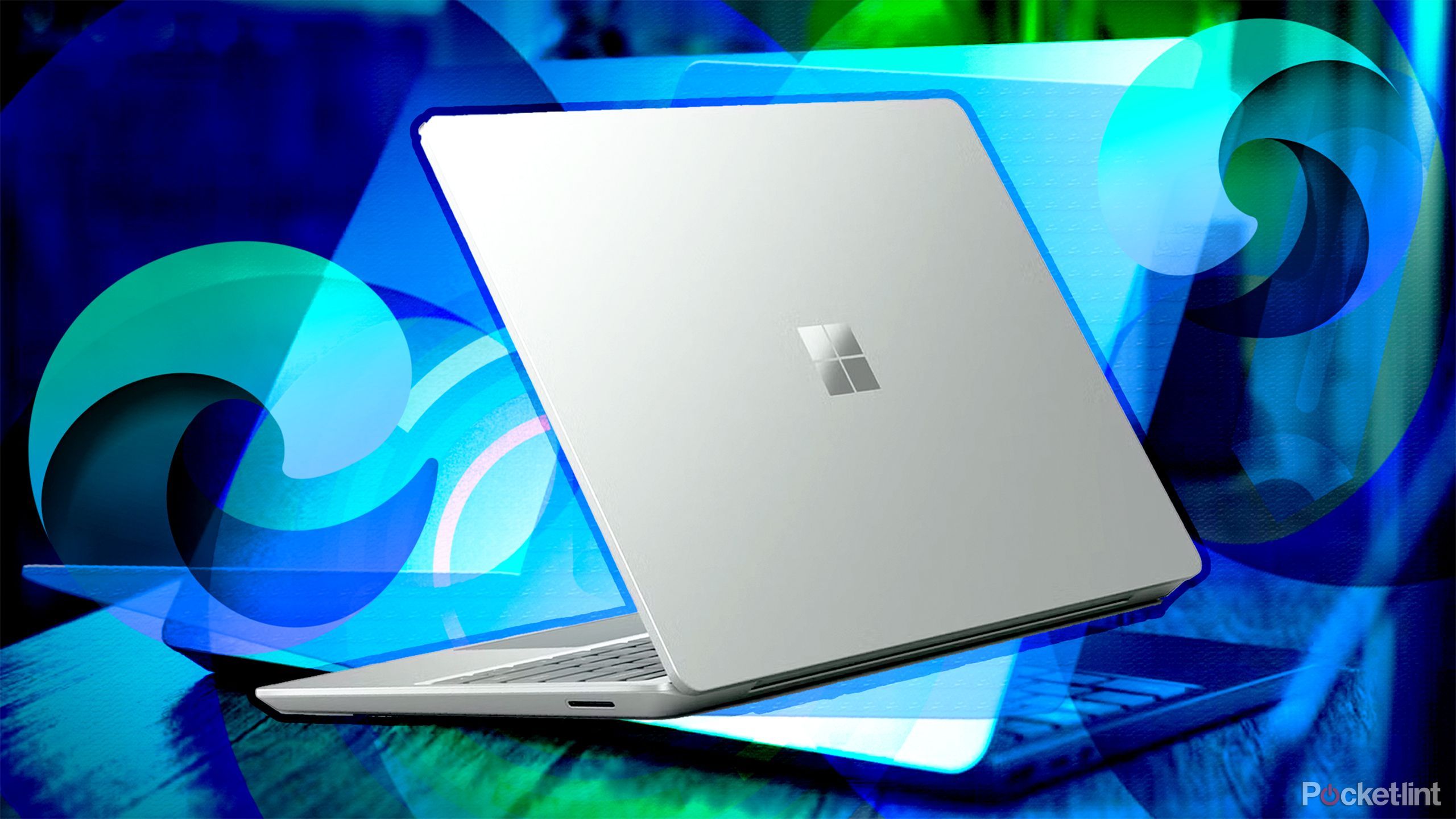Windows 11 could soon shame PCs that aren’t good enough to run it
Making people feel bad about the PCs they use is a strange attempt to be popular, but it looks like Microsoft could be doing just that.
According to Windows Latest, the January 2023 Windows 11 update, which is continuing to roll out to people around the world, has started displaying a new watermark on the desktop that says “System requirements not met”.
When Windows 11 launched, it came with a complex set of requirements, which included the need for TPM 2.0 (Trusted Platform Module), a rather obscure feature that resulted in many PCs and laptops that would have otherwise been able to run Windows 11 without issue (as they did with Windows 10), being deemed unsuitable for the operating system.
It led to a situation where people with new and powerful PCs were being told they can’t run Windows 11, as well as people with older hardware that until that moment hadn’t felt the need to upgrade.
It didn’t take long before workarounds cropped up that allowed people with hardware that didn’t meet the minimum recommended requirements to install Windows 11 – and for a while it looked like they could happily run the OS without TPM 2.0.
Time to nag
However, it seems Microsoft isn’t content to let this continue, as it’s testing out putting a noticeable watermark on desktops of PCs that don’t meet the requirements. While Microsoft isn’t blocking updates to those machines (yet), some people may find the watermark annoying enough to upgrade their PC.
Annoying people into spending money to update their hardware is certainly a risky way to get people on your side, and on Microsoft’s part, it will likely claim that these watermarks act as a warning that the PC being used isn’t secure.
That argument may be more persuasive if Microsoft made it clearer what the benefits of TPM 2.0 are. The fact that people who have been using Windows 10 (and even Windows 11) on devices without TPM 2.0 without any issues will also undermine Microsoft’s claims.
Instead, it will likely just annoy people, and most will either ignore any watermarks, or find a workaround to remove it. Meanwhile, for people who simply can’t afford new hardware, the watermark could feel like they are being shamed about the devices they use.
Rather than taking this approach, Microsoft would be better off either highlighting the importance of TPM 2.0-capable hardware, or (even better) change the requirements of Windows 11 so more people can officially use it.
We’ll be keeping an eye on this to see if Microsoft ends up including the watermark for everyone in any upcoming Windows 11 updates.




